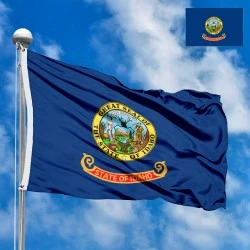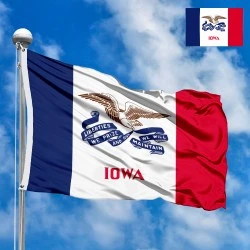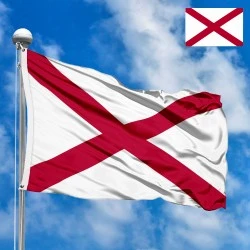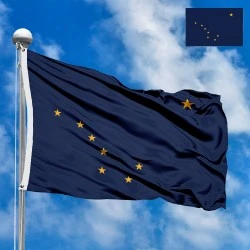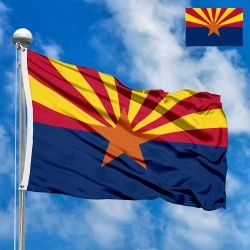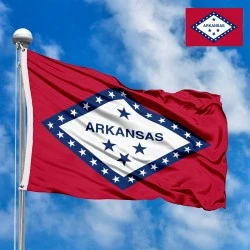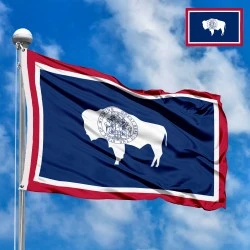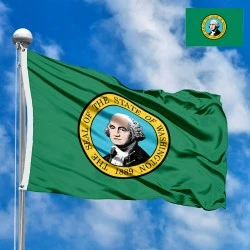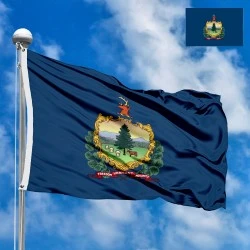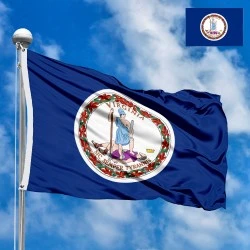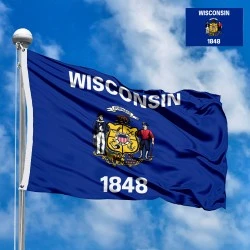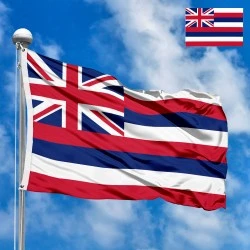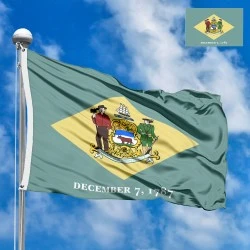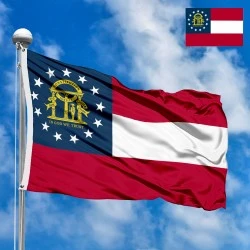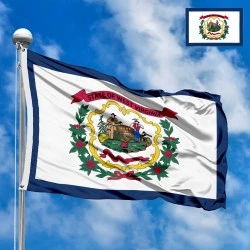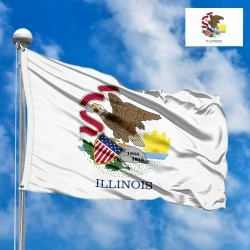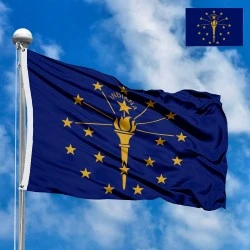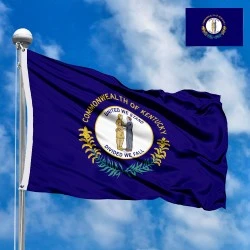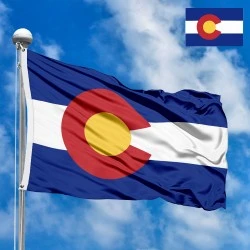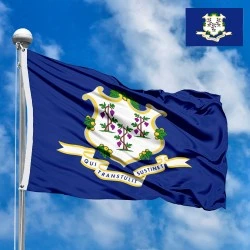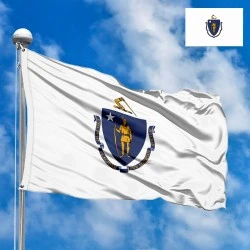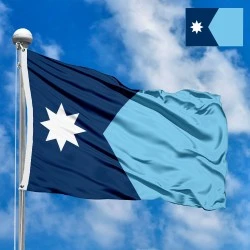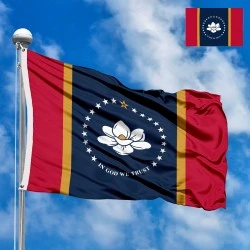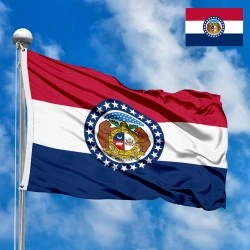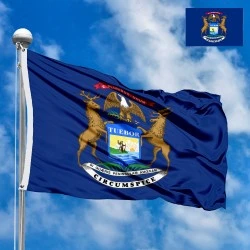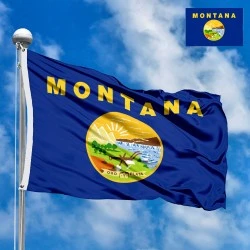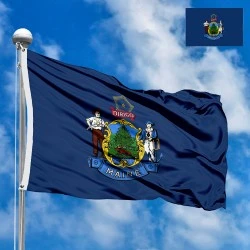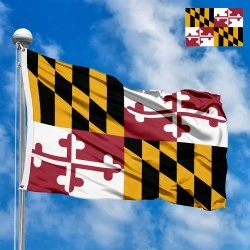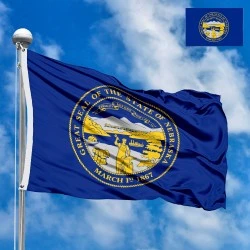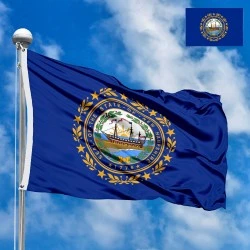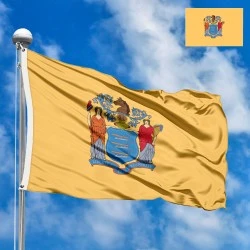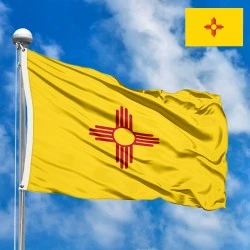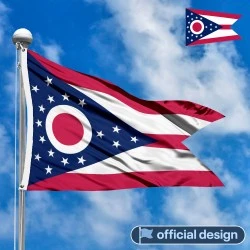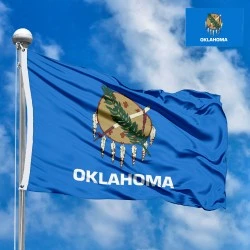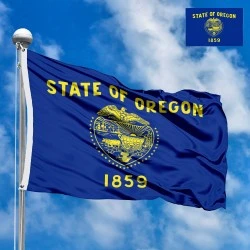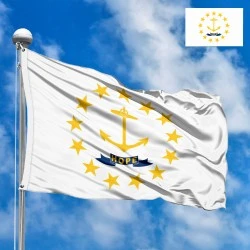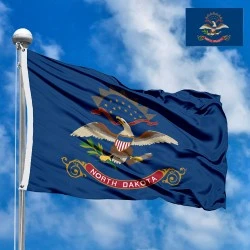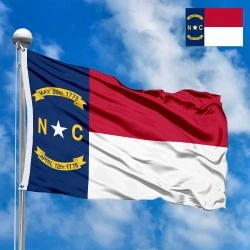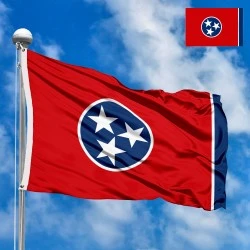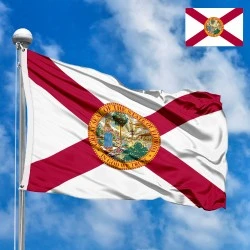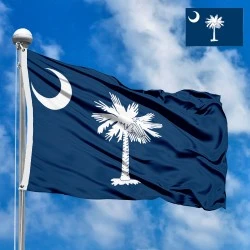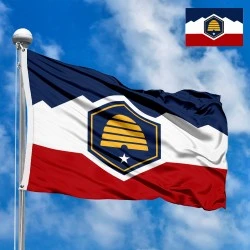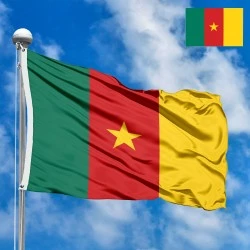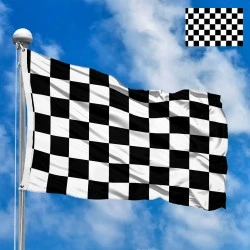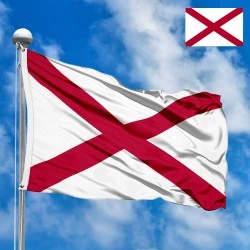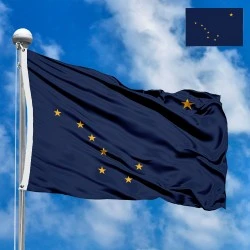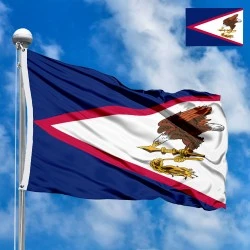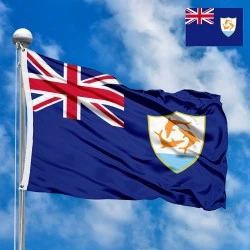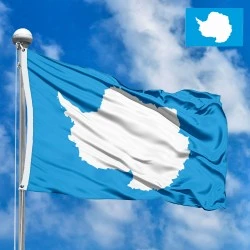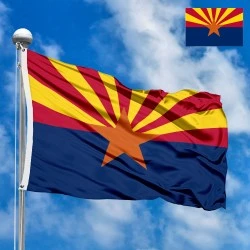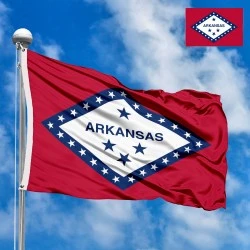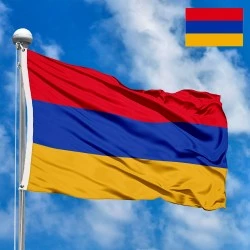Flag of California (US state)
- Flag Type: US States
- Proportions (official): 2:3
- Official name: State of California
- Local name: California
- Capital: Sacramento
- Large cities: Los Angeles, San Diego, San Jose
- Population: 38 982 847 (2024)
- Area (km²): 423 967
- Highest point: Mount Whitney (4,421 m)
- Lowest point: Badwater Basin (-86 m)
- Dialing code: +1 (209, 213, 310, 323, 408, 415, 424, 442, 510, 530, 559, 562, 619, 626, 650, 657, 661, 669, 707, 714, 747, 760, 805, 818, 831, 858, 909, 916, 925, 949, 951)
Flag Information
General information
Demography and Culture
Economy and communications
- All Flags
- Flags of Countries by Continent
-
Flags of Organizations
- Flags of UN countries
- Flags of the European Union countries
- Flags of NATO countries
- Flags of the countries of the Organization of Islamic Cooperation
- Flags of the countries of the Organization of American States
- Flags of the Arab League countries
- Flags of the African Union countries
- Flags of the countries of the Union of South American Nations
- Flags of the Commonwealth of Nations
- Flags of the countries of the Secretariat of the Pacific Community
- Flags of the Nordic Council countries
- Flags of the Caribbean Community
- Flags of the countries of the Association of Southeast Asian Nations
- Flags of the East African Community
- Flags of the countries of the Organization of Turkic States
- LGBT Community Flags
- Historical Flags
- Ethnic Flags
- Flags of the USA (states)
Description
The flag of the state of California, affectionately known as the "Bear Flag," is one of the most recognizable and historically significant state banners in the United States. Its striking design is not merely an emblem; it is a direct link to a pivotal moment in the state’s history—the Bear Flag Revolt of 1846. The flag proudly tells the story of California’s brief period as an independent nation, symbolizing its strength, its spirit of rebellion, and its bold, independent character.
Flag Design, Symbolism, and Colors
The California flag is a powerful visual narrative, with each element holding a specific historical or symbolic meaning.
-
Colors and Arrangement: The flag features a white field with a thick red stripe at the bottom. This red stripe and a red star in the upper-left corner symbolize courage and the sacrifices made during the revolt.
-
The Grizzly Bear: The central and most prominent element is a grizzly bear walking on a patch of green grass. The bear represents the great strength and immense power of the state. It is a powerful symbol of independence and resistance. The bear depicted is the California grizzly, a subspecies that is now extinct, adding a layer of historical poignancy to the flag.
-
The Red Star: In the upper-left corner is a single red star. This star is often referred to as the "Lone Star," a direct nod to the flag of the Texas Republic, which had recently gained its independence from Mexico, inspiring the Californian rebels. It symbolizes sovereignty and the ideal of a new, independent state.
-
The "California Republic" Text: Below the bear and grass, the words "CALIFORNIA REPUBLIC" are written in black capital letters. This text proudly commemorates the short-lived independent nation that the rebels proclaimed in 1846.
-
Dimensions: The official regulations specify that the flag's width-to-length ratio is 2:3.
A Brief History of the Flag's Creation and Adoption
The story of the California flag is unique among U.S. states, as it originated not from a government decree but from an act of rebellion.
-
The Bear Flag Revolt (1846): In June 1846, a group of American settlers in Sonoma, California, seized control of the area from Mexican authorities. To signify their newly declared California Republic, they created a flag. This original "Bear Flag" was crudely made from a piece of unbleached cotton and featured a hastily painted grizzly bear and a star. This flag flew for only 25 days before American naval forces claimed California for the United States.
-
The Original Designer: The original flag was designed by William Todd, a nephew of Mary Todd Lincoln. His design served as the inspiration for the modern flag.
-
Official Adoption (1911): Decades later, with the original banner long gone, the California State Legislature sought to create an official state flag. They looked to the iconic design of the 1846 revolt. The current design was officially adopted on February 3, 1911.
-
Standardization (1953): For many years, various interpretations of the bear existed. To standardize the image, the state passed a law in 1953 that defined the exact image and colors of the bear, based on a specific drawing from a book by Charles Nahl. The bear's image is modeled after the last California grizzly bear, named Monarch, who lived in captivity in San Francisco until his death in 1911.
Historical Context and the State of California
The Bear Flag is a testament to the dynamic and often tumultuous history of California. It represents the state's transition from a Mexican territory to an American state, an event sparked by a handful of rebellious settlers. The flag's symbolism connects the modern, diverse state to its rugged, frontier past. The bear’s image reminds citizens of California’s wild natural beauty and the strength required to build a prosperous society from a new land. The flag is a celebration of both the state’s natural heritage and its pioneering human history.
Significance for Residents
For residents of California, the Bear Flag is more than just a piece of cloth; it is a powerful emblem of state pride. It represents the independent and innovative spirit that has long defined the state, from the gold rush pioneers to the technology innovators of today. The flag's iconic image is a unifying symbol, instantly recognizable and evoking a strong sense of community and shared heritage. It serves as a reminder of California's unique history and its enduring legacy as a land of opportunity and bold ambition.
Interesting Facts
-
The bear on the flag is a representation of a subspecies that is now extinct. The last California grizzly bear in the wild was believed to have been killed in 1922.
-
The original flag of 1846 was created with materials from around the rebels' camp, including unbleached cotton and red flannel from a petticoat.
-
The star on the flag is a nod to the flags of Texas and other independent republics, reflecting the political climate of the era.
-
The specific image of the bear on the flag was standardized in 1953 to eliminate the artistic variations that had been produced over the years.
-
The Bear Flag Revolt, though short-lived, played a significant role in the American acquisition of California during the Mexican-American War.
In the demonstration images, full-size flags are shown with proportions of 2:3, and hand-held flags with proportions of 1:2.
Donation
Download
Completely free for commercial and non-commercial use (public domain).
You can freely use them in your news magazines, websites, software, mobile applications.
We appreciate a backlink to https://flagssite.com
Raster files - Flag of California (US state) (PNG, JPG)
 Waving flag
Waving flag
- PNG format (transparent background), 72dpi, dimensions in Pixels (px), aspect ratio 3:4.
- 15х20 px
- 30х40 px
- 60х80 px
- 120x160 px
- 240x320 px
 Sizes:
Sizes:
"v15" - image size (by height); if necessary, replace with available: v15, v30, v60, v120, v240.
!!! For resizing, use the Latin (eng) keyboard layout.
<img src="https://flagssite.com/flags/v15/20560.png" alt="Flag of California (US state)">
 Round flag
Round flag
- PNG format (transparent background), 72dpi, dimensions in Pixels (px), aspect ratio 1:1.
"d15" - image size (diameter); if necessary, replace with available: d15, d30, d60, d120, d240.
!!! For resizing, use the Latin (eng) keyboard layout.
<img src="https://flagssite.com/flags/d15/20560.png" alt="Flag of California (US state)">
 Rectangular flag 2:3
Rectangular flag 2:3
- JPG format, 72dpi, dimensions in Pixels (px), aspect ratio 2:3.
"h30" - image size (by height); if necessary, replace with available: h15, h30, h60, h120, h240, h360, h480.
!!! For resizing, use the Latin (eng) keyboard layout.
<img src="https://flagssite.com/flags/h30/20560.jpg" alt="Flag of California (US state)">



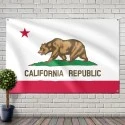
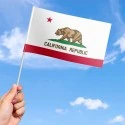

 Sizes:
Sizes:
 Sizes:
Sizes:
